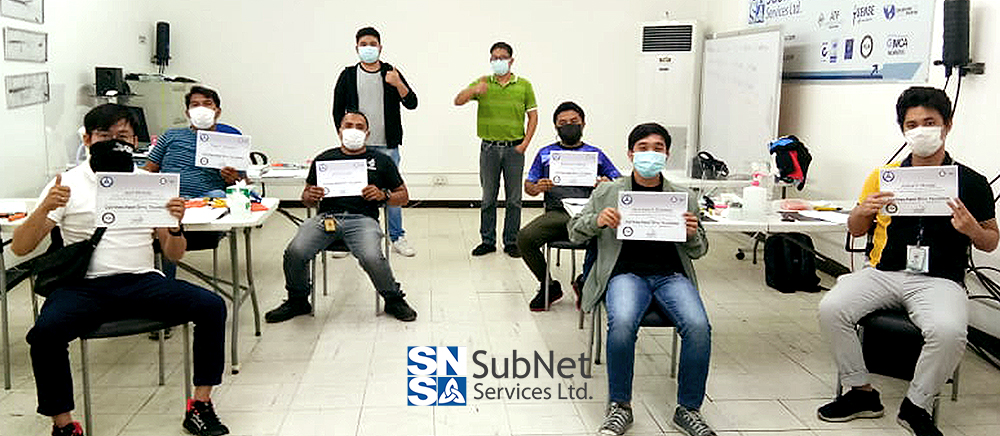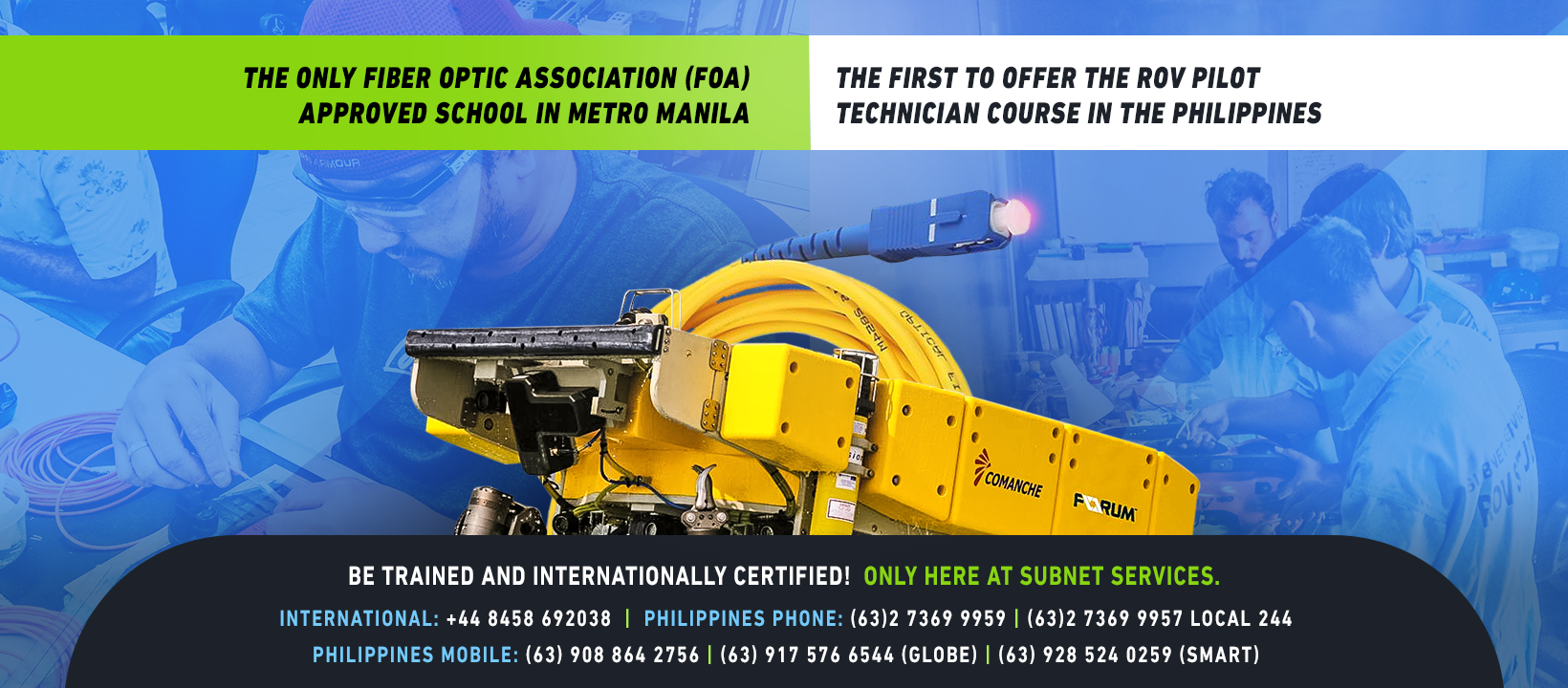Fiber Optic Jargon: Basic Fiber Optics Terminologies You Have to Remember
Fiber optics, like any other field, has its own special words or phrases that people from other profession or groups might find difficult to understand. For our new blog feature dubbed as “Fiber Optic Jargon”, SubNet Services will give you some of the basic fiber optic terminologies you have to remember. In this post, we will be discussing the metric system, fiber optics communication, and fiber optic cables.
Metric System
According to the Fiber Optic Association (FOA), fiber optics, as an international technology, utilizes the metric system as the standard form of measurement. See below the measurement terms used in the Fiber Optics field.
- Meter – 28 feet, 39.37 inches. Fiber optic cable lengths are generally expressed in meters or kilometers.
- Kilometer – 1000 meters / 3,281 feet / 0.62 miles.
- Micron – 1/1,000,000th of a meter. 25 microns equal 0.001 inch. This is the common term of measurement for fiber diameters, most of which are 125 microns in outside diameter.
- Nanometer – one billionth of one meter. This term is commonly used in the fiber optics industry to express wavelength of transmitted light, e.g. 850 or 1300 nm.
Fiber Optics Communication
The communications medium that works by sending optical signals down hair-thin strands of extremely pure glass or plastic fiber, otherwise known as optical fiber, is referred to as the fiber optics communication. Know more about its components through the following list of terms.
- Optical Fiber – thin strands of highly transparent glass or plastic that guide light.
- Core – the center of the fiber where the light is transmitted.
- Cladding – the outside optical layer of the fiber that traps the light in the core and guides it along – even through curves.
- Buffer Coating or Primary Buffer Coating – a hard plastic coating on the outside of the fiber that protects the glass from moisture or physical damage. The buffer is what one strips off the fiber for termination or splicing.
- Mode – a single “electromagnetic field pattern” (think of a ray of light) that travels in fiber.
- Multi-Mode Fiber – has a larger core (almost always 50 or 62.5 microns – a micron is one millionth of a meter) and is used with laser or LED sources at wavelengths of 850 and 1300 nm for short distance, lower speed data networks like LANs.
- Single-Mode Fiber – has a much smaller core, only about 8-9 microns, so it only transmits one mode. Single-mode is used for telephony (long distance, metropolitan, and fiber to the home) and CATV with laser sources at 1310 to 1550 nm. It can go very long distances at very high speeds.
- Fiber ID – fibers are identified by their core and cladding diameters expressed in microns (one millionth of a meter), e.g. 50/125 micron multimode fiber. Most multimode and single mode fibers have an outside diameter of 125 microns – about 0.005 – 5 thousandths of an inch – just slightly larger than a human hair. International standards also have names for fibers that call out detailed specifications that include bandwidth capability or other special characteristics.
- Plastic Optical Fiber – POF is a large core (usually 1mm) multimode fiber that can be used for short, low speed networks. POF is used in consumer HiFi and as part of a standard for car communication systems called MOST.
- Bend Insensitive (BI) Fiber – fiber that has been designed and manufactured to reduce losses caused by bends in the fiber. It is used in cables that are more likely to incur stress losses such as premises cables and microcables with densely-packed fibers.
Fiber Optic Cables
Meanwhile, a fiber optic cable is the network cable containing strands of glass fibers inside an insulated casing. Compared to wired cables, fiber optic cables provide higher bandwidth and can transmit data over longer distances. They support much of the world’s internet, cable television, and telephone systems.
- Cable – cable provides protection to the fiber from stress during installation and from the environment once it is installed. It may contain from only one to hundreds of fibers inside. It comes in three varieties: (1) tight buffer, with a thick plastic coating on the fibers for protection, used mainly indoors; (2) loose-tube, where fibers with only a primary buffer coating are inside plastic tubes; and (3) ribbon, where fibers are made into ribbons to allow small cables with the largest numbers of fibers.
- Jacket – the tough outer covering on the cable. Cables installed inside buildings must meet fire codes by using special jacketing materials.
- Strength Members – aramid fibers (Kevlar is the duPont trade name) used to pull the cable. The term is also used for the fiberglass rod in some cables used to stiffen it to prevent kinking.
- Armor – discourages rodents from chewing through it.
We do hope this initial set of terms will help you become more familiar with the different fiber optics terminologies. On our next fiber optic jargon feature, we will be discussing about fiber optics termination, splicing, performance specifications, tools, and test equipment.
If you want to know more about our Fiber Optics Trainings, you may Contact or Email our Customer Sales Team.
Be trained and internationally certified!
Only here at SubNet Services.
Sources:
– Lifewire. “The Role of Fiber Optic Cables in Computer Networking”. www.lifewire.com. https://www.lifewire.com/fiber-optic-cable-817874 (accessed May 18, 2018)
– Fiber Optic Association. “Fiber Optic Jargon”. www.thefoa.org. http://www.thefoa.org/tech/ref/basic/jargon.html (accessed May 18, 2018)



